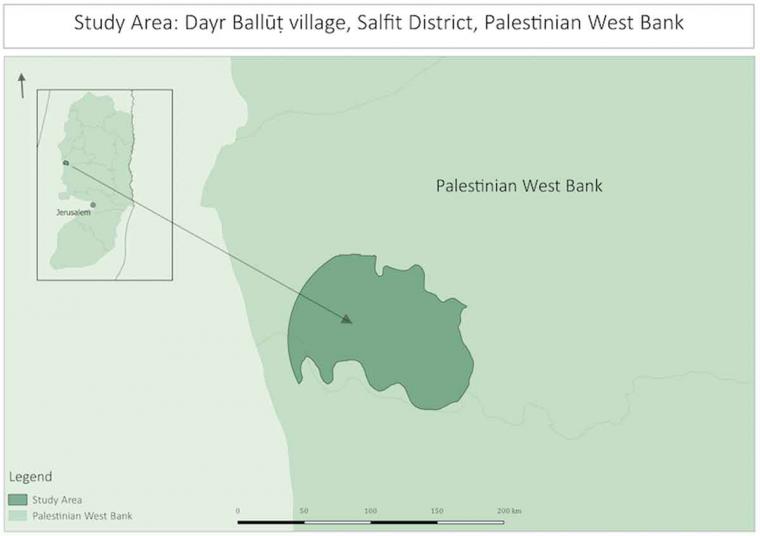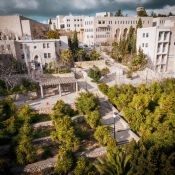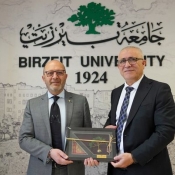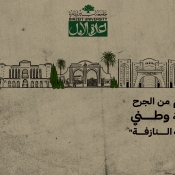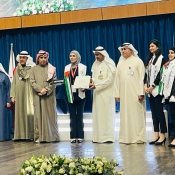New research points to resiliency of age-old rainfed farming practices
Rain-fed cultivation has long been a staple of agriculture in Palestine. Despite the transformations that occurred in the area - whether social or economic - the utilization of dynamic, rain-fed agriculture practices provided a solid agro-ecosystem that proved resilient to changes for the past 100 years, notes Omar Tesdell, a professor of geography at Birzeit University, in a paper he co-authored with Yusra Othman and Saher Alkhoury and published in the "Agroecology and Sustainable Food Systems” journal.
Entitled “Rainfed agroecosystem resilience in the Palestinian West Bank, 1918–2017,” the paper examines rain-fed agricultural practices in Palestine - specifically the West Bank - and how they allowed farmers to cope with political, social, and economic shifts that have characterized an era during which small-scale agricultural production saw a great decline. Rain-fed agriculture - baʿlī in the Palestinian farming parlance - has led to a “resilient agroecological structure,” the authors write.
Using a novel geospatial, qualitative approach, the researchers analyzed agriculture practices in Deir Ballut, a Palestinian village located 41 kilometers south-west of Nablus, where rain-fed agriculture is utilized. The authors note: “Dayr Ballūṭ chose an increasingly diversified and changing baʿlī agroecosystem in order to successfully withstand economic and political transformations that have taken place in Palestine in recent time.”
Rain-fed agriculture, the authors argue, led to a 130-percent increase in crop diversity in Deir Ballut since the 1950s, with the overall resilience of the agro-ecosystem attributed to dynamic agricultural practices that allowed farmers to adapt to political-economic changes and variable environmental conditions.
To read the research paper, please visit this link.

